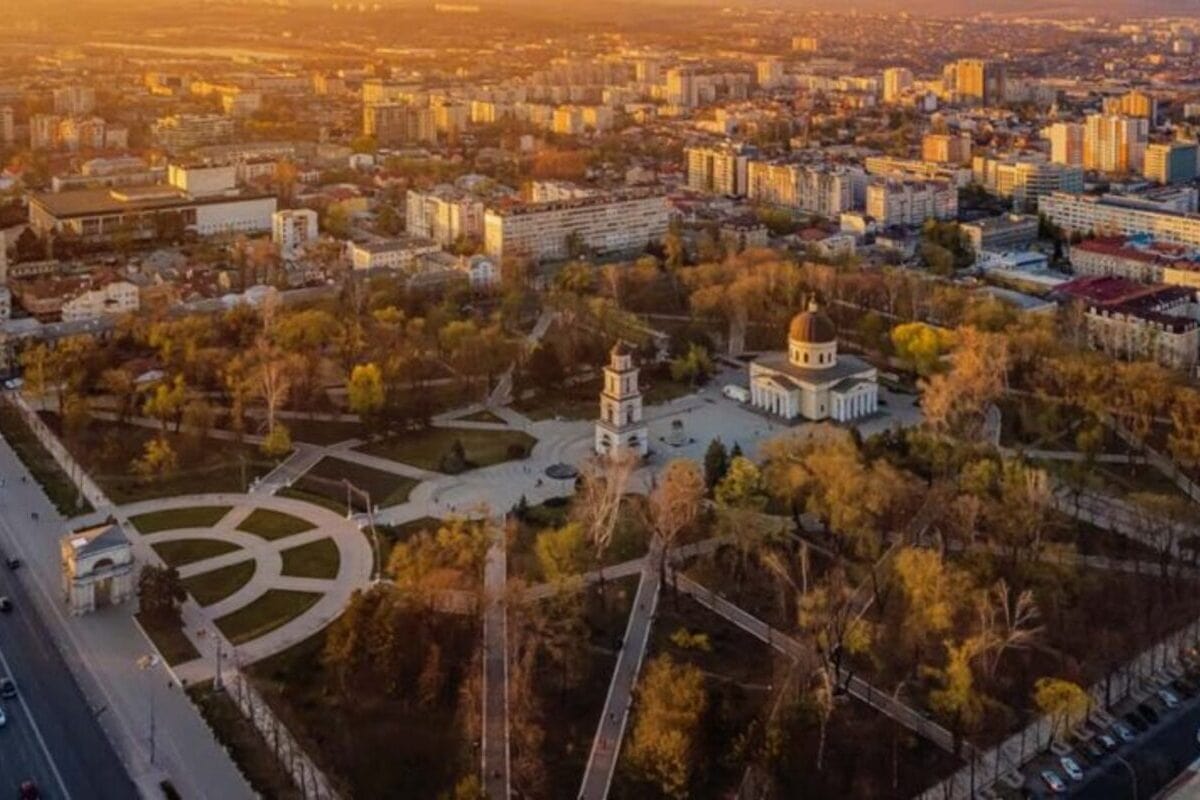Moldova is a small but very fascinating country in Eastern Europe, bordering Ukraine and Romania. Despite its modest size, it has a rich history, unique culture and impressive nature. Here the traditions of different peoples intertwine, creating a distinctive national identity. Many tourists discover Moldova thanks to its winemaking traditions, picturesque landscapes and the hospitality of its people. In this article you will learn interesting facts, incredible facts and captivating facts about Moldova that you may not have known.
- Moldova is one of the smallest countries in Europe. Its area is about 33 thousand square kilometers, which is smaller than many regions of Ukraine. Nevertheless, the country has great cultural and natural potential.
- The capital of Moldova is Chișinău. The city is located on seven hills and has many green areas, which is why it is often called one of the greenest cities in Europe. It combines modern architecture with old buildings.
- The official language of the country is Romanian. However a large part of the population also speaks Russian, Ukrainian and Gagauz. This makes Moldova a multilingual and culturally diverse state.
- Moldova is famous for its winemaking. On its territory are located the world’s largest underground wine cellars – Mileștii Mici and Cricova. They stretch for dozens of kilometers underground and store millions of bottles of wine.
- Within Moldova lies the region of Gagauzia. This is an autonomous entity where mostly the Turkic Gagauz people live, preserving their own culture and traditions. The autonomy even has its own parliament and government.
- An important symbol of Moldova is the ornamented national costume. It is worn during holidays and traditional festivals. Folk songs and dances preserve centuries of history.
- Moldova has no access to the sea. This creates certain difficulties for international trade, but the country actively uses its land borders for cooperation with neighboring states. Many goods are transported through Ukraine.
- The country has a unique natural reserve called Codrii. It is a forest massif that covers a large area and is home to rare plants and animals. It is considered the heart of Moldovan nature.
- One of the oldest monasteries in the country is the Căpriana Monastery. It was founded in the 15th century and remains an important spiritual center for Orthodox believers. Its architecture reflects a mixture of different styles.
- The national dish of Moldova is mamaliga. This is a porridge made from cornmeal, usually served with bryndza, sour cream or meat. It is an inseparable part of the local culinary culture.
- Moldova has a rich archaeological heritage. Numerous settlements of the Cucuteni–Trypillia culture, which existed in the Neolithic era, were discovered on its territory. These findings testify to the ancient roots of the Moldovan land.
- The flag of Moldova resembles that of Romania but differs in that it has a coat of arms with an eagle in the center. The eagle holds a cross in its beak and a scepter and olive branch in its claws, symbolizing strength and peace. This coat of arms reflects the country’s historical traditions.
- Moldova has a distinctive climate. It is considered moderately continental, with warm summers and mild winters. Such conditions are favorable for viticulture.
- Moldova has a special administrative region – Transnistria. This is an unrecognized republic that declared independence in 1990 but did not receive international recognition. The situation remains complex to this day.
- Traditional holidays are popular in Moldova, among which Mărțișor stands out. It is celebrated on March 1 and symbolizes the arrival of spring. People give each other red and white amulets as a sign of health and good luck.
- Moldova is one of the most agricultural countries in Europe. A significant part of the population is engaged in farming, growing grapes, sunflowers, wheat and vegetables. Agriculture remains the main sector of the economy.
- Moldova has stunning cave monasteries. They were carved directly into limestone cliffs and served monks as places of solitude and prayer. The most famous among them is Orheiul Vechi.
- Many Moldovans go abroad in search of work. This has created a significant diaspora in Italy, Russia and other countries. Remittances from migrant workers make up an important part of the country’s economy.
- The country has long traditions of wine festivals. Every year in October the National Wine Day is celebrated, attracting tourists from all over the world. This holiday has become a true hallmark of Moldova.
Moldova is a country where ancient traditions meet modern life. It preserves a unique culture, develops winemaking and attracts tourists with its authenticity. Such interesting facts, incredible facts and captivating facts show that this small state is rich in content and significance. You may not have known many of them, but now Moldova has revealed some of its secrets to you.





